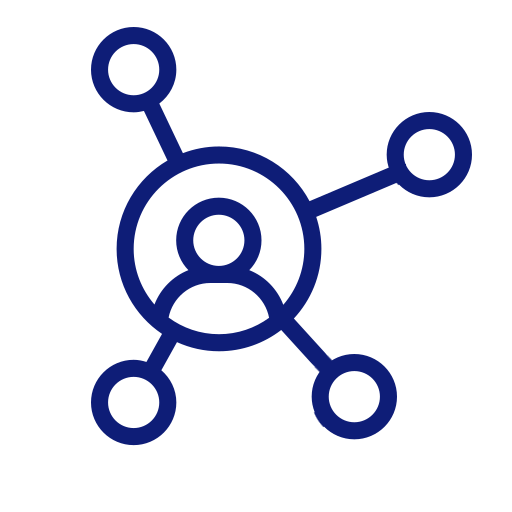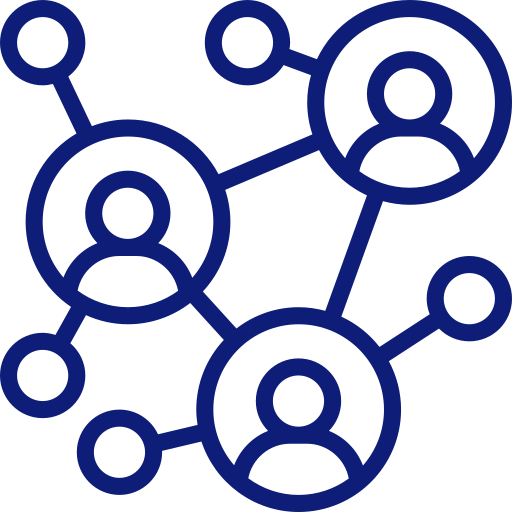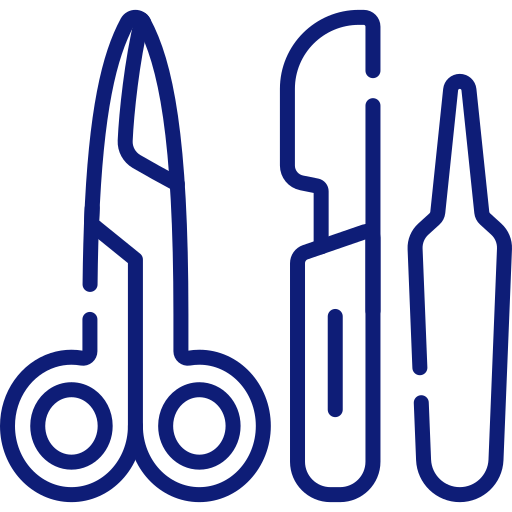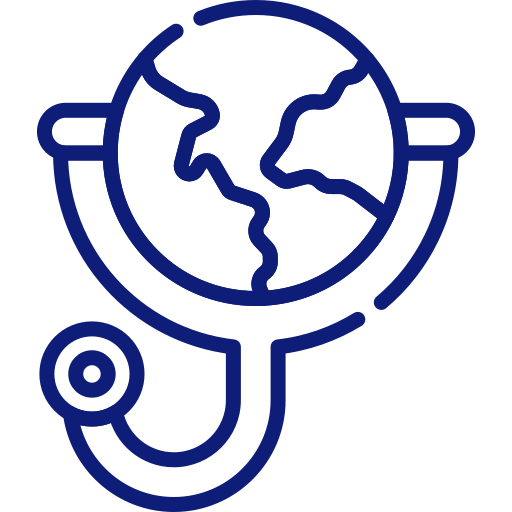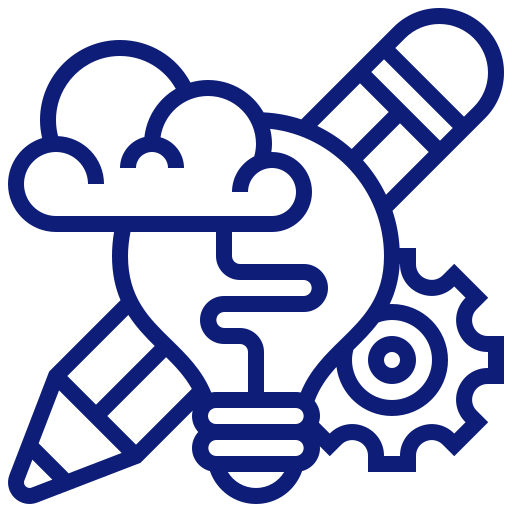Case Study
Helping Boehringer Ingelheim create a global, standardized labeling process
Background
Boehringer Ingelheim is a family-owned pharmaceutical company, established in 1885. It is one of the pharmaceutical industry’s top 20 companies with some 50,000 employees. Boehringer Ingelheim has three business areas: human pharmaceuticals, animal health and biopharmaceuticals.
Boehringer Ingelheim’s Global IT department is responsible for identifying best-of-breed digital technology that can be used along the company’s entire value chain. Each of the company’s 80+ production sites can choose to use the solutions recommended and supported by Global IT. In terms of labeling, these sites produce the full range of labels, from box, pallet and shipping labels, to chemical and material labels, 1- and 2D barcodes and RFID. In just one of their production sites, in Sant Cugat, Spain, they run seven packaging lines that produce 4-5,000 labels a day.
Challenges
No globally standardized labeling process
One of the biggest challenges Global IT has to contend with is a wide range of labeling solutions employed by each site, owned and implemented by the local business or engineering. “We had a lot of different label templates and processes, and a lot of different labeling tools,” states Pierre Rahm, IT Operations Services in Boehringer Ingelheim. “Production sites use SAP Interactive Forms, SAPScript, SmartForms and even PowerPoint.” This varied labeling landscape made it a nightmare to implement label changes. “In the past, it was really stressful to change a label, even if it was just one field,” recalls Pierre.
Complying to local requirements
“Increasing customer requirements, such as template requests across many countries, prompted us to rethink our label designing processes and find ways to change labels more flexibly and efficiently,” Pierre says. These customer requests could range from special types of barcodes, to different languages, label information and varying formats for expiry and manufacturing dates.
Need for a digital quality control process
Using legacy systems not designed for label creation also made quality assurance a challenge. As an example, the production sites printing from PowerPoint would create a whole series of workarounds to try to protect label information and prevent unauthorized changes. They instituted a “Six-eye” principle, which meant that three people would have to check the labels to make sure they were correct. These types of procedures were necessary to try to catch errors, but they were also labor-intensive and time-consuming.
Needed a system with analytics and reporting
The lack of analytics and reporting was another challenge. “We didn’t have an overview of who printed what label and at which time. If you are producing chemicals and pharmaceuticals, it’s really hard to capture all of these things in a standard ERP system.”
Needed ERP integration
Boehringer Ingelheim also wanted a higher level of integration with their ERP systems. This would enable them to get a single source of truth, eliminate data redundancies and include variable data on their labels. “We wanted to move away from having labels that are more or less programmed (hard-coded) in SAPscript,” relates Pierre. “We are currently introducing our Global SAP system at all of our sites, so it makes more sense to implement a global labeling tool, which is NiceLabel LMS,” states Pierre Rahm.
We are currently introducing our Global SAP system at all of our sites, so it makes more sense to implement a global labeling tool, which is NiceLabel LMS.
Pierre Rahm
IT Operations Services in Boehringer Ingelheim
Solution
Boehringer Ingelheim is using the full spectrum of the NiceLabel Label Management System (LMS). They use the built-in label designer for designing label templates. The document management system enables them to replace their manual quality control procedures with a completely digitized quality assurance process. This gives them the security, approval workflows, complete label change and print history that they need. The label management system is integrated with their ERP system, which is SAP ECC, so they now have a centralized way of updating label information.
Boehringer Ingelheim uses a three-tier landscape for each of its three regions, the EU, Americas and Asia (only the EU has been implemented) consisting of a development system (DEV), validation system (QAZ) for qualifying everything and a production system (PRD). The Designer runs on Citrix, so that they can avoid installing the Designer locally. “There are no local installations, so IT does not have to touch any local PCs. That was one of our biggest aims at the beginning, that we would install each aspect of the system on servers, so every user has the possibility to access the system from every PC,” Pierre says.
Initially, Boehringer Ingelheim has implemented the NiceLabel Label Management System in their production sites in Ingelheim and Sant Cugat. They plan to expand over the course of 2019 and 2020 to their other production sites. The next production sites to be implemented are in Dortmund and Koropi (Greece). The next implementations are planned for non-production processes, e.g. warehouse and quality management.
There are no local installations, so IT does not have to touch any local PCs.
Pierre Rahm
IT Operations Services in Boehringer Ingelheim
Benefits
Faster processing of change requests
They can now process change requests really quickly as opposed to before. “The biggest advantage is that we no longer have that extensive change procedure with documentation. With NiceLabel, we have complete label management in the document management system.” Now that the quality assurance workflow is an integrated part of the label management system, Boehringer Ingelheim can save valuable time and resources previously dedicated to manual quality assurance tasks.
Seamless SAP integration with the NiceLabel ABAP package
Boehringer Ingelheim has also benefited from the NiceLabel ABAP package that greatly simplifies and speeds up the integration process. “What was a big advantage for us is getting the ABAP package, so that we’re able to rapidly introduce the labeling interface within our SAP system. When we ran some tests with our current systems, it worked well using automation with NiceLabel, so this integration aspect was one of our biggest drivers.”
Significantly lower risk of errors
Having integration with master data gives Boehringer Ingelheim their much-sought-after single source of truth; just knowing that the variable data is correct drastically reduces the risk of labeling errors. “Having NiceLabel as the printing tool and the ERP system as the printing trigger is really the ideal solution,” comments Pierre. Boehringer Ingelheim has also benefited from the flexibility of the NiceLabel application builder, which enables them to design their own printing applications. “We were pleased to see that it is possible to create user interfaces and build complete printing applications, within NiceLabel LMS. That was really good to see, and the implementation went really well. From my technical point of view, it is excellent to have this capability, beyond just designing labels.” When reflecting on Boehringer Ingelheim’s approach to digitally transforming their labeling, NiceLabel VP of Marketing, Ken Moir, commented, “It’s great to see how Boehringer Ingelheim is really using the full spectrum of our label management system. They have a great track record of selecting best-of-breed IT systems for their company, so we’re pleased that they have selected NiceLabel as their global labeling system-of-choice.”
The biggest advantage is that we no longer have that extensive change procedure with documentation. With NiceLabel, we have complete label management in the document management system.
Pierre Rahm
IT Operations Services in Boehringer Ingelheim
- SAP
- Regulatory
- Labeling
- Track and Trace
